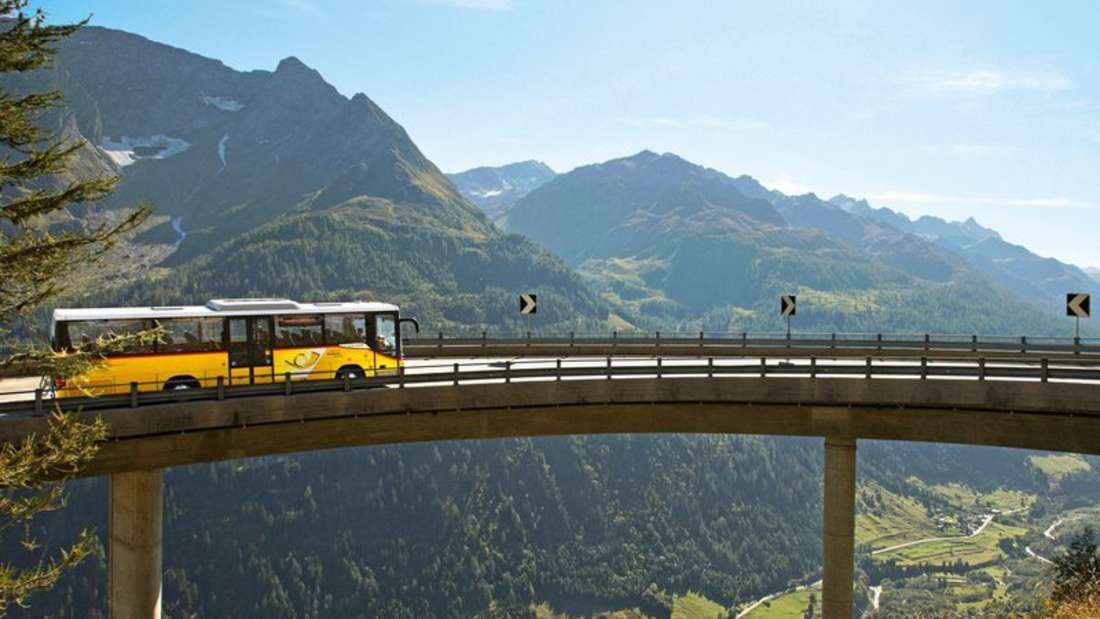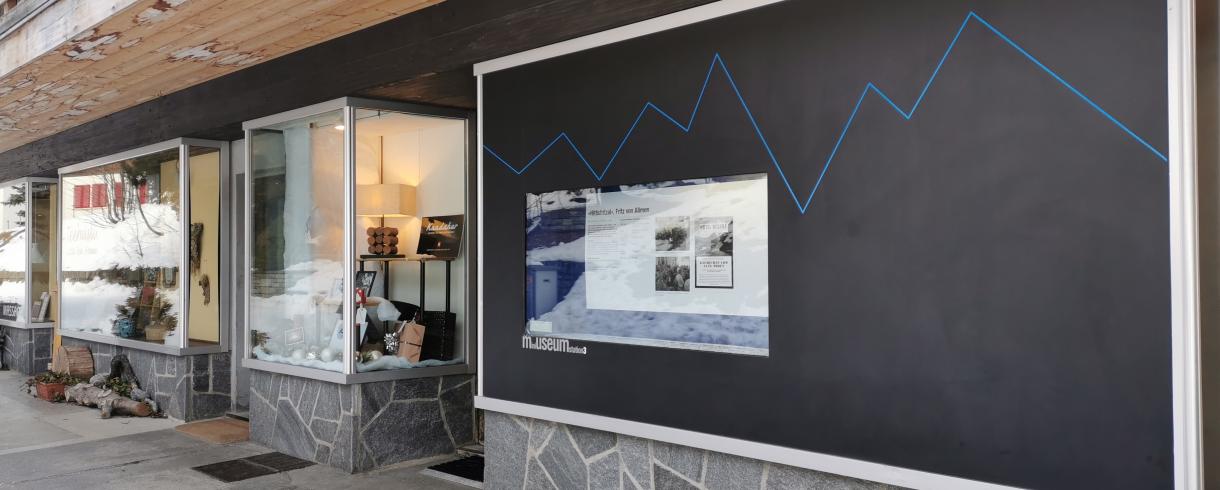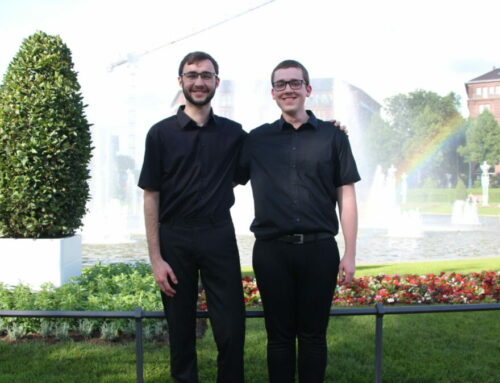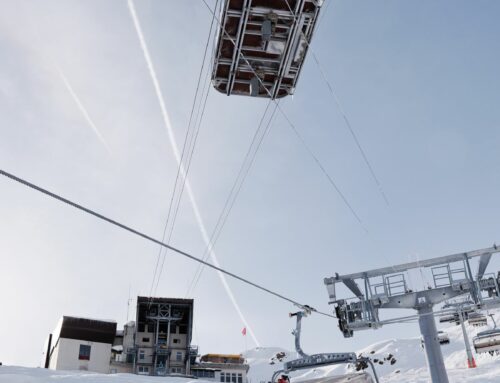
Digitalisation & Innovation
Social innovation in tourism
Social innovation is defined as collaboration at an individual or organisational level that leads to new ideas and whose implementation is planned. The aim of these ideas is usually a positive development at regional level.
In the initial phase, stakeholders recognise a problem that needs to be solved. Even in this phase, possible support is sought to ensure the realisation of the idea.
In phase two, the social innovation stakeholders realise their idea. This requires additional stakeholders who can easily collaborate on the social innovation due to low entry barriers and low risk.

Monika Bandi Tanner
Head of the Tourism Research Centre
“One example of social innovation in the Alpine region is the MiniMuseum Mürren. These are shop windows in which stories of Mürren are told. These stories were researched by members of the Mini-Museum Mürren association and exhibited in the windows. The shop windows, which would stand empty without the museum, are thus revitalised and contribute to an attractive village image and an appreciation of Mürren’s history.”
Internal local and external knowledge
The knowledge for implementation comes from the stakeholders themselves, the municipality or the region. The final phase is the implementation and continuation of the project.
Monika Bandi Tanner, Head of the Tourism Research Centre (CRED-T) at the University of Bern, has studied social innovation in the Bernese Oberland.
The Mürren Mini Museum shop window museum is one of 69 innovations in the Bernese Oberland identified by a research team from the Institute of Geography, the Bern Tourism Research Centre (CRED-T) and the Swiss Federal Institute for Forest, Snow and Landscape Research WSL as part of a research project.
Many more social innovations are to be realised in the Bernese Oberland by 2024.

Great idea:
Shop window of the MiniMuseum in Mürren. © Samuel Wirth
More quality of life
According to the University of Bern, social innovations are not just good ideas for tourism, they can also help to improve the quality of life in a region – for a wide variety of milieus.
One example of this is the bilingual snow sports camp in Muri for school classes. This social innovation ensures better capacity utilisation of the tourist businesses in Elm, Flumserberg and Klewenalp in the off-season and also serves as a language exchange between the pupils.
The Maternité Alpine is also worth mentioning. The birth centre in Zweisimmen is a healthcare facility where children can be born in a protected and safe environment.
It fills a gap in the Swiss healthcare system. The ViaPostaAlpina route is also a social innovation resulting from the collaboration between Kulturwege Schweiz and PostBus Ltd.
The 163-kilometre route follows in the footsteps of the Alpine Post’s past over several mountain passes, thereby boosting tourism.
Who drives innovation?
For these projects to come about, it was necessary to have people who recognised the problem and wanted to solve it. In this case, it was private individuals who were the driving force behind the innovation and were looking for other players in the public sector.
But it is not only private individuals who initiate social innovations – associations and companies are also involved in the realisation of innovative ideas.
This cooperation is particularly important for municipalities, as it enables them to drive forward the development of the community regardless of the economic situation.

The Muri snow sports camp
of the Muri schools are held annually during the first week of the sports holidays (calendar week 5). © Screenshot/SI
Conviction as a driving force
Whether a social innovation can be realised depends largely on whether the stakeholders are convinced of its successful implementation in all three phases.
The stakeholders involved must network and inspire other stakeholders with the idea. A region should therefore create opportunities for exchange and discussion platforms in order to promote social innovations.
This does not necessarily have to be about financing the projects. It is more about creating space for initiatives. In view of the economic and social challenges, Alpine tourism is only growing to a limited extent.
Social innovations can counter this development with new offers.
Local acceptance necessary
In order to survive in the long term, social innovations must be accepted by the local population. Maintaining contacts with stakeholders and a basis of trust form the fertile ground for ideas.
Social innovations have the greatest potential when they are less dependent on growth and products. This can be explained by the fact that stakeholders are usually active in social areas that are less profit-orientated.
“Here, adjusted interest rates for loans can take away the pressure of having to grow economically. This makes implementation much easier,” concludes Monika Bandi Tanner.
Social Innovation
© Valentin Rüegg








